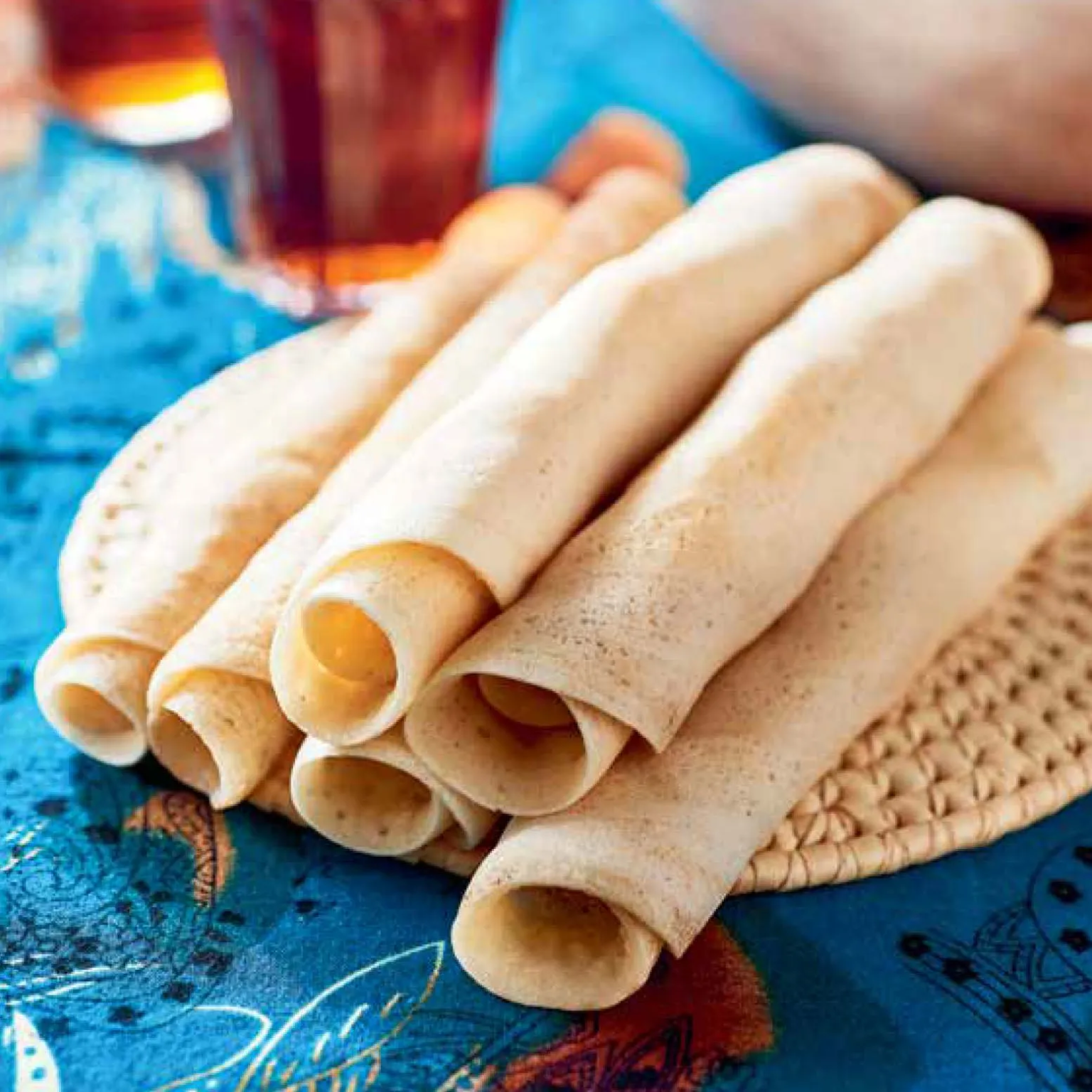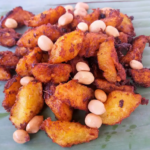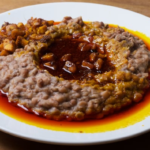In the rich tapestry of Somali cuisine, one dish that stands out for its unique texture and delightful taste is Canjeero. Known as a Somali pancake, Canjeero holds a special place in Somali culture and is enjoyed as a staple food throughout the country. With its spongy texture, slightly tangy flavor, and versatility, Canjeero is a beloved dish that embodies the rich culinary heritage of Somalia.
Origins and History
Canjeero has a long history in Somali cuisine, dating back generations. It has been a part of Somali culinary traditions and cultural celebrations for centuries. The recipe has been passed down through generations, with slight variations from one family to another. Canjeero is not only a beloved dish within Somali households but also a popular street food and a symbol of Somali identity.
The Ingredients
The key ingredients in Canjeero are simple and readily available, making it an accessible dish for many. The main components are flour, water, and yeast, which are mixed together to form a batter. The yeast helps in the fermentation process, giving Canjeero its distinctive spongy texture.
In addition to the basic ingredients, a pinch of salt and sugar can be added to enhance the flavor of the pancakes. Some variations of Canjeero also include yogurt or buttermilk to create a tangy taste and add extra moisture to the batter. This combination of ingredients creates a unique flavor profile that is both comforting and delicious.
The Preparation
The process of making Canjeero starts with the preparation of the batter. Flour, water, yeast, salt, and sugar are combined and mixed thoroughly until a smooth and slightly thick batter is achieved. The batter is then left to ferment for a few hours or overnight, allowing the yeast to activate and create air pockets, which result in the spongy texture of the pancakes.
To cook Canjeero, a flat griddle or pan is heated over medium heat. A ladleful of the batter is poured onto the hot surface, and it is spread in a circular motion to form a thin pancake. The Canjeero is cooked until small bubbles form on the surface and the edges start to lift. It is then flipped and cooked briefly on the other side until golden brown. The process is repeated until all the batter is used.
Serving and Accompaniments
Canjeero is a versatile dish that can be enjoyed in various ways. It can be served as a standalone dish, often enjoyed for breakfast or as a snack throughout the day. In Somali culture, it is often paired with a variety of side dishes, such as a hearty stew called “maraq” or a flavorful sauce known as “suqaar.” It can also be served with honey, ghee, or a dollop of butter for added richness.
The Experience of Canjeero
The first bite of Canjeero is a delightful experience. Its spongy texture, similar to a thick pancake or a soft flatbread, provides a satisfying chewiness that is unique to this Somali delicacy. The slightly tangy and savory flavors combine harmoniously, creating a versatile canvas that pairs well with both sweet and savory accompaniments.
Beyond its taste and texture, Canjeero holds cultural significance within Somali communities. It is often prepared and shared during festive occasions, family gatherings, and religious celebrations. The act of making and enjoying Canjeero together brings people closer, fostering a sense of unity and belonging.
Canjeero, the traditional Somali pancake, is a testament to the rich culinary heritage of Somalia. Its spongy texture, tangy flavor, and versatility make it a beloved dish that is enjoyed by Somalis around the world. Whether eaten on its own, accompanied by a flavorful stew, or with a drizzle of honey, Canjeero embodies the warmth and hospitality of Somali culture. So, if you have the opportunity to taste this delightful creation, embrace the unique experience of Canjeero and savor the flavors of Somali cuisine.








